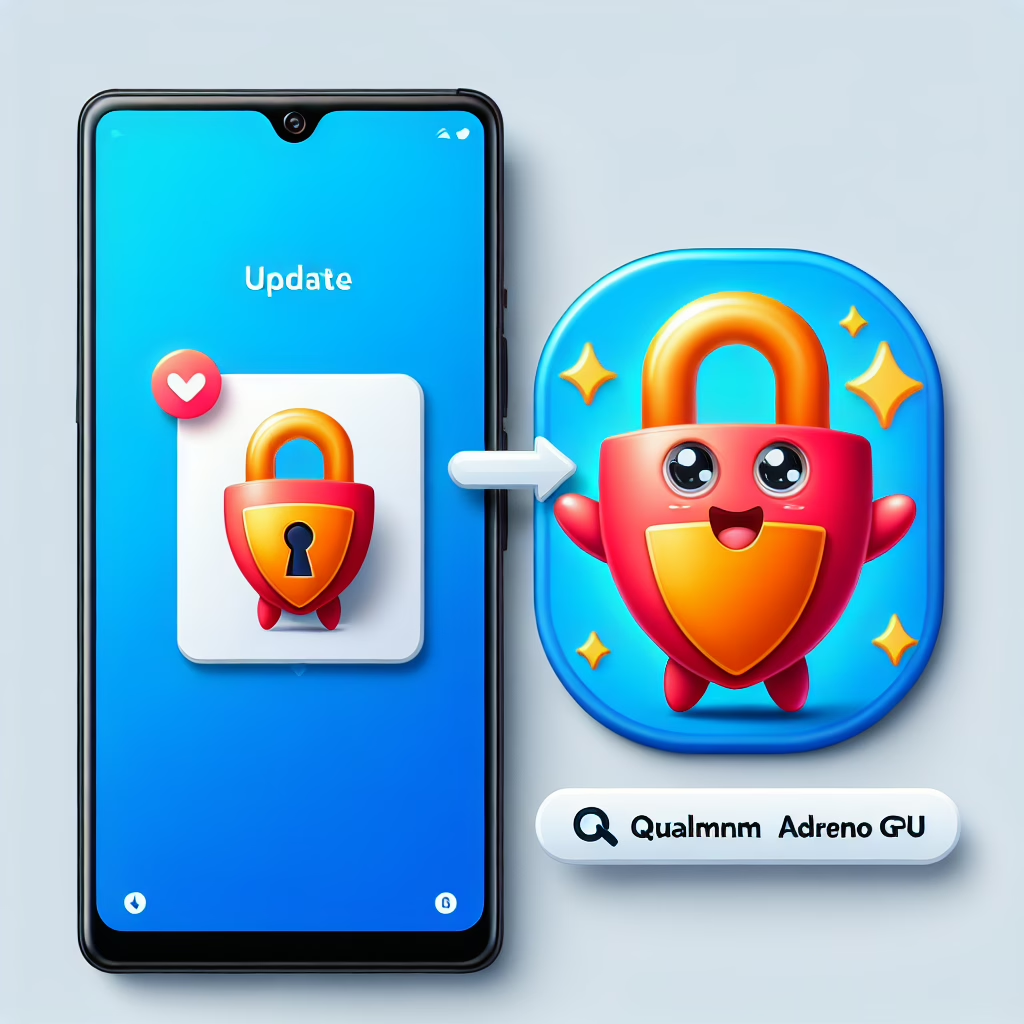In the ever-evolving world of tech, Qualcomm has recently decided to play superhero by patching up some rather concerning zero-day vulnerabilities in their Adreno GPUs. These flaws, which could have potentially turned Android devices into unwitting accomplices in a tech heist, are now getting the attention they deserve. So, what does this mean for you and your beloved Android device? Buckle up, because we’re diving into the nitty-gritty of these vulnerabilities and how to ensure your phone isn’t the next headline!
Understanding the Adreno GPU Vulnerabilities
First off, let’s break down what a zero-day vulnerability is. Imagine finding an unlocked door that no one knew about—except this door leads straight to your personal data. That’s precisely what a zero-day flaw can do, giving hackers a golden opportunity to exploit unsuspecting users. Qualcomm’s Adreno GPUs, which power a variety of Android devices, were the unfortunate stars of this show.
The vulnerabilities allowed attackers to execute arbitrary code and bypass critical security measures. It’s like leaving your front door wide open while hosting a party and wondering why your snacks mysteriously vanish. The good news? Qualcomm has finally stepped up to the plate with patches that aim to close those pesky doors.
Why Should You Care?
Now, you might be thinking, “I don’t have any top-secret data on my phone.” But hold your horses! Even if you’re not storing state secrets, your personal information—like passwords, bank details, and embarrassing selfies—could be at risk. So, keeping your device secure is as vital as ever.
To help keep those digital marauders at bay, here are some friendly reminders:
- Update Regularly: Just like you wouldn’t wear last season’s fashion at a gala, don’t let your device run outdated software. Keep it updated with the latest security patches from Qualcomm or your device manufacturer.
- Use Trusted Apps: Download apps from trusted sources like Google Play Store. If an app seems too good to be true or has more ads than features, it probably is!
- Enable Two-Factor Authentication: Why stop at one lock when you can have two? Enable two-factor authentication wherever possible—it’s like having a bouncer at your digital door.
What’s Next for Qualcomm?
The recent patching spree is just one part of Qualcomm’s ongoing efforts to enhance security on their devices. As mobile technology advances and hackers get craftier (seriously, these guys must have PhDs in sneaky), Qualcomm aims to stay ahead of the curve.
They’ve rolled out patches not only for the vulnerabilities discovered but also implemented additional security measures to prevent future exploits. It’s like putting up extra surveillance cameras after catching a thief in the act—better safe than sorry!
The Role of Users in Security
While manufacturers play a crucial role in securing devices, users must take proactive steps too. Think of it as a partnership where both parties need to pull their weight. Educate yourself about cybersecurity risks and stay informed about updates related to the devices you use.
This partnership can significantly reduce risks associated with zero-day vulnerabilities. Remember, a well-informed user is like a castle with thick walls—harder for intruders to breach!
Your Action Plan for 2025
As we stride into 2025, let’s make it our mission to become more vigilant about our digital safety. Here are some action items you can add to your New Year resolutions:
- Conduct Regular Security Audits: Periodically check your app permissions and remove any apps that seem suspicious or unused.
- Back Up Your Data: Ensure you have backups in place. Cloud services can save you from potential disasters if something goes awry.
- Stay Informed: Follow tech news outlets (like TechRadar!) for updates on security issues and patch releases.
By staying proactive and informed about these vulnerabilities and implementing best practices, you can protect yourself against potential threats lurking around every corner of the internet.
The Bottom Line
In conclusion, while Qualcomm’s recent patching of Adreno GPU vulnerabilities is undoubtedly a step in the right direction, it’s essential that users remain vigilant. With knowledge comes power—and that power can keep your Android device secure from unwanted intrusions.
So go ahead and check for those updates! Your phone will thank you with fewer headaches (and maybe even fewer unsolicited ads).
If you have thoughts on these developments or tips for maintaining security on Android devices in 2025, share them below! Your insights could help fellow readers stay safe.
A big thank you to TechRadar for providing the original information that inspired this article!

